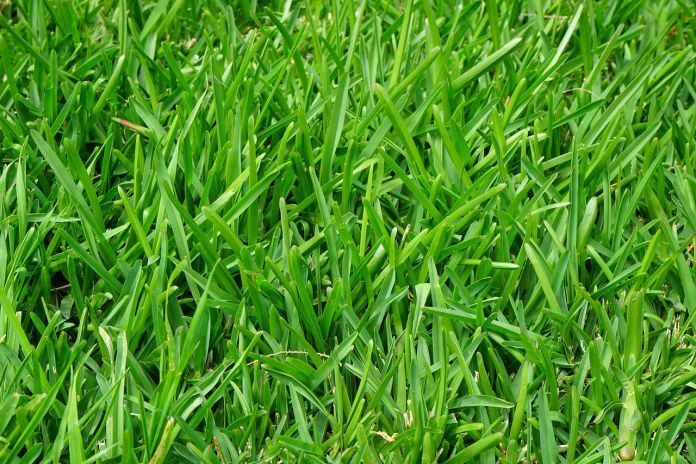Nowadays, hydrogens considered as future energy resource as the world moves from fossil fuels to renewable feedstocks. Although, hydrogen consists of the very large amount of water, hydrocarbons, and other natural matter. Similarly, a team of scientists develops a new technique for deriving hydrogen from the grass. They derived hydrogen from gas with the help of sunlight and low-cost catalyst. This research has been conducted by a team of scientists from the UK in collaboration with Cardiff University’s Cardiff Catalysis Institute.
This is the first ever technique that leads to a renewable way of deriving hydrogen. This technique has high energy content and does not deliver any harmful or greenhouse gases even after burnt out. Isn’t it so cool that grass can also become a good way of generating future energy resource?
Well, it was a challenge for scientists to create hydrogen from such natural resources in the cheap, sustainable and efficient way. Still, this technique is really a green source of energy.
The natural cellulose compound is the most promising key element of hydrogen. Cellulose is an essential element of plants and the most abundant biopolymer on Earth.
In this research, the team demonstrates a way of converting cellulose into hydrogen using sunlight and a simple catalyst. Scientists called this technique as photo-reforming or photo-catalysis. Activating by sunlight,catalyst converts cellulose and water in the form of hydrogen. Scientists also observed the effectiveness of three metal-based catalysts. Those are Palladium, Gold, and Nickel.
Researchers largely focused on nickel because of it more abundant and economical property. During the first trial, both three catalysts were combined with cellulose in a flask. This mixture was then exposed to desk light lamp. After the interval of 30 minutes,researchers collected some gas samples from the mixture. Though this, they then studied how hydrogen is being generated.
For practical applications, researchers continued this experiment with fescue grass.
Professor Michael Bowker, from the, said, “Our results show that significant amounts of hydrogen can be produced using this method with the help of a bit of sunlight and a cheap catalyst.”
Additionally, We’ve demonstrated the effectiveness of the process using real grass taken from a garden. It is the first time that this kind of raw biomass has been used to produce hydrogen in this way. This is important as it avoids the need to separate and purify cellulose from a sample, which can be both arduous and costly.”
In conclusion, garden grass can also become a renewable energy source for production of cheap and clean energy.
